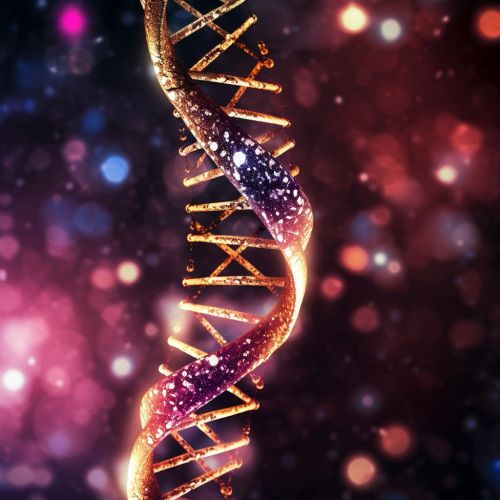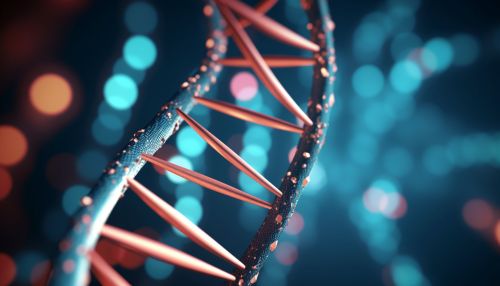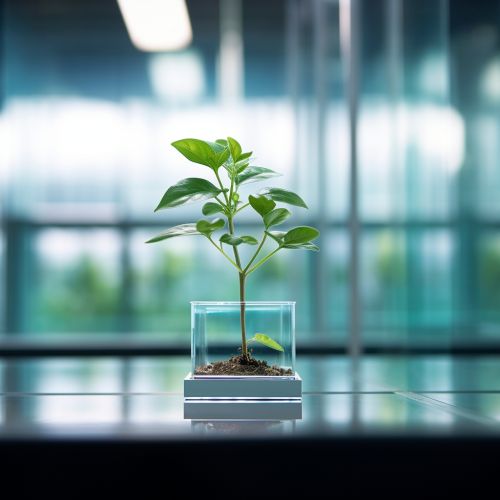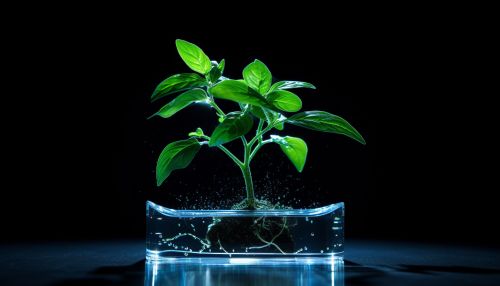Genotype
Introduction
The term genotype refers to the genetic constitution of an individual organism. It is distinguished from phenotype, which is the observable traits or characteristics of an organism, such as its physical appearance or biochemical properties, which are determined by the interaction of the genotype with the environment.


Genetic Variation and Genotype
Genetic variation among individuals within a species is due to differences in their genotypes. This variation is the result of mutations, genetic recombination and other processes that cause changes in the sequence of nucleotides in the DNA. The genotype of an organism can be described in terms of the combination of alleles it carries for a particular gene or set of genes. An allele is one of two or more versions of a gene that are found at the same place on a chromosome.
Genotype and Phenotype
The genotype of an organism determines its potential phenotype, but the actual phenotype that develops depends on the interaction of the genotype with the environment. This is known as genotype-environment interaction. For example, the genotype may determine the potential height of a plant, but the actual height that the plant reaches depends on environmental factors such as availability of water and nutrients, light intensity, and temperature.


Genotype and Evolution
The process of evolution by natural selection depends on the existence of genetic variation in populations, which is reflected in differences in genotypes. Individuals with genotypes that confer higher fitness in a particular environment are more likely to survive and reproduce, thereby passing on their genes to the next generation. Over time, this can lead to changes in the frequency of different genotypes in the population, and hence to evolution of the species.
Genotyping Techniques
There are several techniques available for determining the genotype of an organism. These include DNA sequencing, which involves determining the exact sequence of nucleotides in a DNA molecule, and genotyping by sequencing, which involves sequencing a subset of an organism's DNA to identify variations. Other techniques include polymerase chain reaction (PCR) and restriction fragment length polymorphism (RFLP) analysis.


Genotype and Medicine
In medicine, genotyping is used to identify genetic disorders and to predict an individual's response to certain drugs. This is known as pharmacogenomics. For example, some people have a genetic variant that makes them metabolize certain drugs more slowly than others, which can affect the dosage they need to take. Genotyping can also be used in prenatal testing to detect genetic disorders in a fetus.
